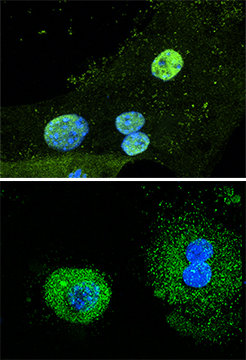Research
This lab was established as a cooperation between the Max-Planck Society and the University of Heidelberg. The aim of this cooperative project is to provide a venue for the evaluation of clinically driven problems using cutting edge basic research. The group is located in Heidelberg and is formally affiliated with the Max-Planck Institute of Biochemistry.

Our lab provides a unique setting combining patient-oriented research with basic research. Our partner at the Max-Planck-Society is R. Fässler and his department (Molecular Medicine).
The main thrust of our lab is the study of the role of fibronectin and extracellular matrix proteins in various disease models including osteoporosis, diabetes mellitus, tumor development and liver disease. Fibronectin is a large extracellular matrix protein, whose absence results in death of the embryo at an early stage. In addition, a variety a functions have been attributed to fibronectin in postnatal life. Our research program includes a clinical part and a basic research part. The clinical part examines the role of fibronectin and its different isoforms in various disease conditions. The basic part examines the function of fibronectin and its isoforms in the extracellular matrix in various mouse models (including conditional knockout mice) and in vitro.
Clinically, we focus on performing prospective studies in humans. In the lab we take advantage of genetic manipulations in mice in order to ask and answer relevant questions. We use a variety of methods, including protein biochemistry, molecular and cellular biology, various staining methods in histology, as well as a wide spectrum of techniques ranging from laser microdissection, quantitative real time PCR, array analysis, various imaging techniques such as electron microscopy, microcomputer tomography, bioluminescence imaging, as well as specialized tests such as infrared microspectroscopy. A number of collaborations are in place allowing us the application of various methods as needed in our projects.
